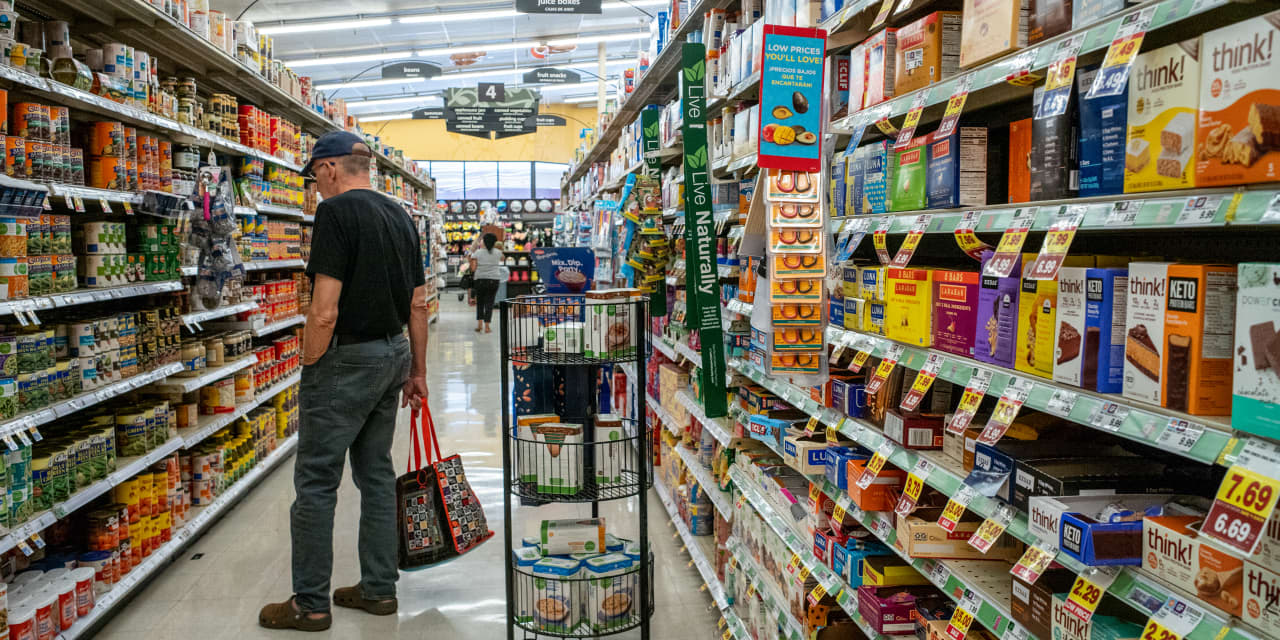Consumer prices climbed 3.7% year over year in August, marking an increase from July as gas prices jumped and shelter costs remained strong. But growth in core prices, which excludes volatile food and energy categories, decelerated to 4.3% from July’s 4.7%.
The headline consumer price index increased 0.6% from a month earlier, the Labor Department reported on Wednesday, compared with a 0.2% climb in July. That was the largest month-over-month increase in more than a year. Economists had expected prices to rise 0.6% in August from July and for the annual pace of gains to increase to 3.6% from 3.2%.
Core prices showed inflation rising 0.3% month over month in August, coming in just above economists’ expectations of a 0.2% monthly gain.
The data, which came in slightly above economists’ expectations, broadly reflects an economy that is cooling mildly from sky-high price gains that plagued consumers and policy makers for the past two years.
The largest contributor to the headline increase was gasoline, which notched a 10.6% jump from July. Gas prices were responsible for more than half of the overall monthly gains. Rising gas prices are top of mind for consumers, but they are of less concern to the Federal Reserve because of their volatile nature and because movements tend to have little to do with where underlying inflation is heading.
The other major contributor to August’s headline number was shelter costs, which the Labor Department says have now risen for 40 consecutive months. Fed policy makers expect inflation in the shelter category to slow significantly in coming months due to recent softening in asking rents, which have yet to show up in the government’s data.
Underlying inflation figures tell a more favorable story than the headlines numbers do. Core inflation is on a clear downward trend. Those prices are rising at a three-month average pace of 4.6%, down from a 4.9% average rate before the August data was released.
Overall, the report is likely to keep Fed officials on track to hold interest rates steady at the current 5.25% to 5.5% level when they next meet on Sept. 19-20. Markets are expecting the Fed to stay put, with the probabilities of a pause in September at 95%, according to the
CME
FedWatch Tool.
Recent comments from policy makers have suggested the Fed could still raise interest rates another quarter-point at some point this year, but officials see a rising risk of doing too much tightening versus too little. They’re also willing to be patient as they wait to see what impact the rate hikes implemented so far are having on the economy—and the steady deceleration in core prices should shore up officials’ view that the data is moving in the right direction.
“The inflation print likely is not enough to tilt next week’s Fed call towards a hike, yet it also hasn’t entirely cleared up the question of a November pause vs hike,” wrote Seema Shah, chief global strategist with Principal Asset Management.
While Fed officials will likely “look through” the rise in gas prices, at least for now, the fact that core prices came in slightly above expectations for the month could give them pause, Shah noted. “The upside surprise probably leaves the Fed with a bad taste in its mouth,” she wrote, “and keeps it wondering if it still has more work to do.”
The major stock indexes were little-changed after the report was released. Futures for the
Dow Jones Industrial Average
and
S&P 500
were up less than 0.1% around 9 a.m. ET.
Write to Megan Cassella at megan.cassella@dowjones.com
Read the full article here













Leave a Reply